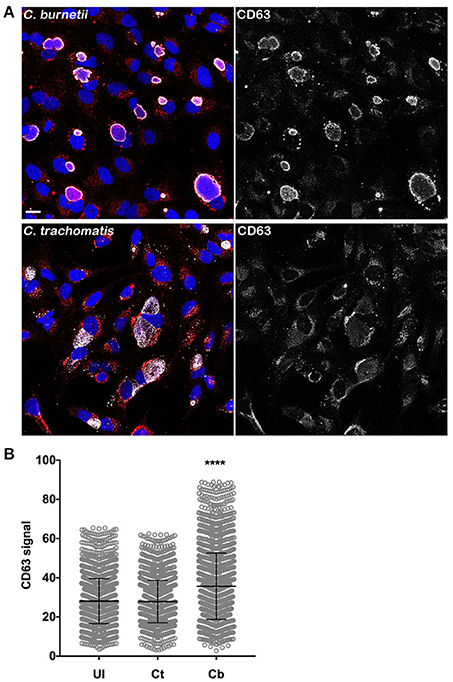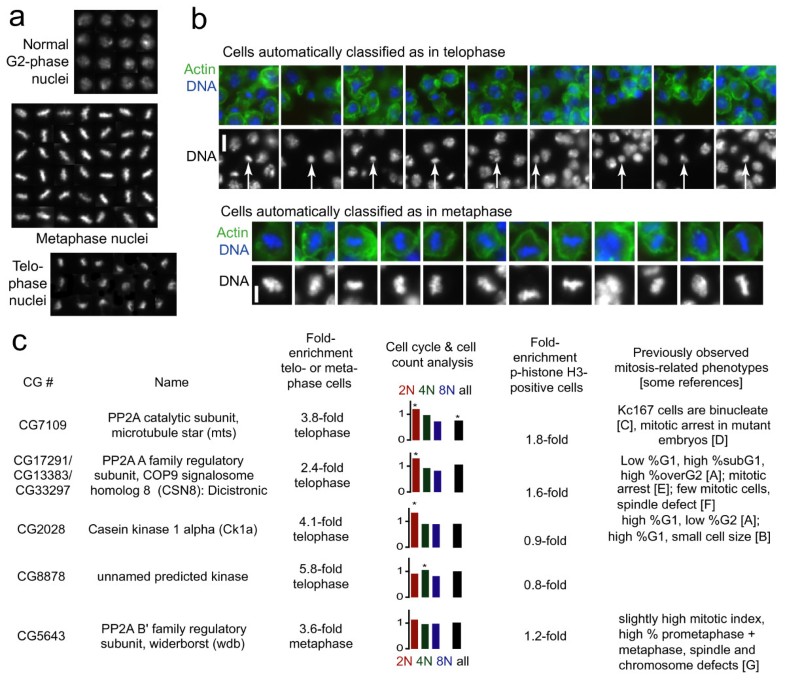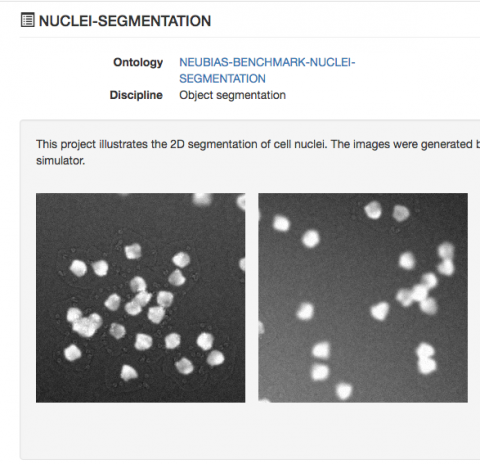

Traxtile is implemented in Python version 2.7 using standard distribution libraries (available at and is freely available at. Reports summarize events from the validated tracks. Links between cells in successive frames can be reviewed and edited, yielding validated tracks for the image series. For each such event, the object track is displayed on a montage of images centered on the event and spanning the preceding and subsequent frames. Traxtile imports initial assignments and automatically identifies events needing review (i.e., apparent creation of new objects, splits, merges, and losses). Here we describe Traxtile, a program that allows interactive graphical review and revision of object tracking assignments. This means that once your images are uploaded to the cloud, you can run your.

Distributed-CellProfiler takes advantage of Amazon Web Services (AWS), which allows you to upload and store files, rent out computing power, and much more.
TIMELAPSE CELLPROFILER MANUAL
This is challenging, as CellProfiler produces only tabular data for object tracking, and the graphical tools in Icy and Fiji are not optimal for manual review of these events. If sadly that’s not true for you, we’ve been working on a tool that may help: Distributed-CellProfiler. However, object tracking algorithms are imperfect, and validation of significant events is often required.
TIMELAPSE CELLPROFILER SOFTWARE
Open source software packages such as CellProfiler, Icy, and Fiji provide robust and convenient interfaces for performing such analyses. Lower and upper bounds on threshold:0.0,1.Time-lapse imaging can be used to quantify how cells move, divide, and die over time and under defined culture conditions. Name the new primary objects:FilteredNuclei Number of pixels by which to expand the primary objects:10ĭiscard secondary objects touching the border of the image?:Noĭiscard the associated primary objects?:No

Select the method to identify the secondary objects:Propagation IdentifySecondaryObjects:|batch_state:array(, dtype=uint8)|enabled:True|wants_pause:False] RelateObjects:|batch_state:array(, dtype=uint8)|enabled:True|wants_pause:False]Ĭalculate per-parent means for all child measurements?:Noĭo you want to save the children with parents as a new object set?:No Two-class or three-class thresholding?:Three classes Typical diameter of objects, in pixel units (Min,Max):7,80 Name the primary objects to be identified:PH3 Two-class or three-class thresholding?:Two classesĪssign pixels in the middle intensity class to the foreground or the background?:Foreground Select the measurement to threshold with:None Lower and upper bounds on threshold:0.0,1.0 Thresholding method:Minimum Cross-Entropy Handling of objects if excessive number of objects identified:Continue Speed up by using lower-resolution image to find local maxima?:Yesįill holes in identified objects?:After declumping onlyĪutomatically calculate size of smoothing filter for declumping?:YesĪutomatically calculate minimum allowed distance between local maxima?:Yes Suppress local maxima that are closer than this minimum allowed distance:7.0 Method to draw dividing lines between clumped objects:Intensity Method to distinguish clumped objects:Intensity Typical diameter of objects, in pixel units (Min,Max):8,80ĭiscard objects outside the diameter range?:Yesĭiscard objects touching the border of the image?:Yes Name the primary objects to be identified:Nuclei IdentifyPrimaryObjects:|batch_state:array(, dtype=uint8)|enabled:True|wants_pause:False] Groups:|batch_state:array(, dtype=uint8)|enabled:True|wants_pause:False] Select the rule criteria:and (file does contain "d2.tif") Select the rule criteria:and (file does contain "d1.tif") Select the rule criteria:and (file does contain "d0.tif") NamesAndTypes:|batch_state:array(, dtype=uint8)|enabled:True|wants_pause:False] Select the filtering criteria:and (file does contain "") Regular expression to extract from file name:^(?P.*)_(?P)$

Metadata extraction method:Extract from file/folder names Metadata:|batch_state:array(, dtype=uint8)|enabled:True|wants_pause:False] Select the rule criteria:and (extension does isimage) (directory doesnot containregexp "\\\\.") Ideally I would like to segment those images and then save XXT label mask TIFF stacks from within CellProfiler. Hi aklemm bcimini, I have XYT TIFF stacks, so each plane a frame in a timelapse movie. ChristianTischer (Christian Tischer) April 5, 2023, 8:08am 1. Images:|batch_state:array(, dtype=uint8)|enabled:True|wants_pause:False] CellProfiler dealing with TIFF stacks (time-lapse) Usage & Issues.


 0 kommentar(er)
0 kommentar(er)
